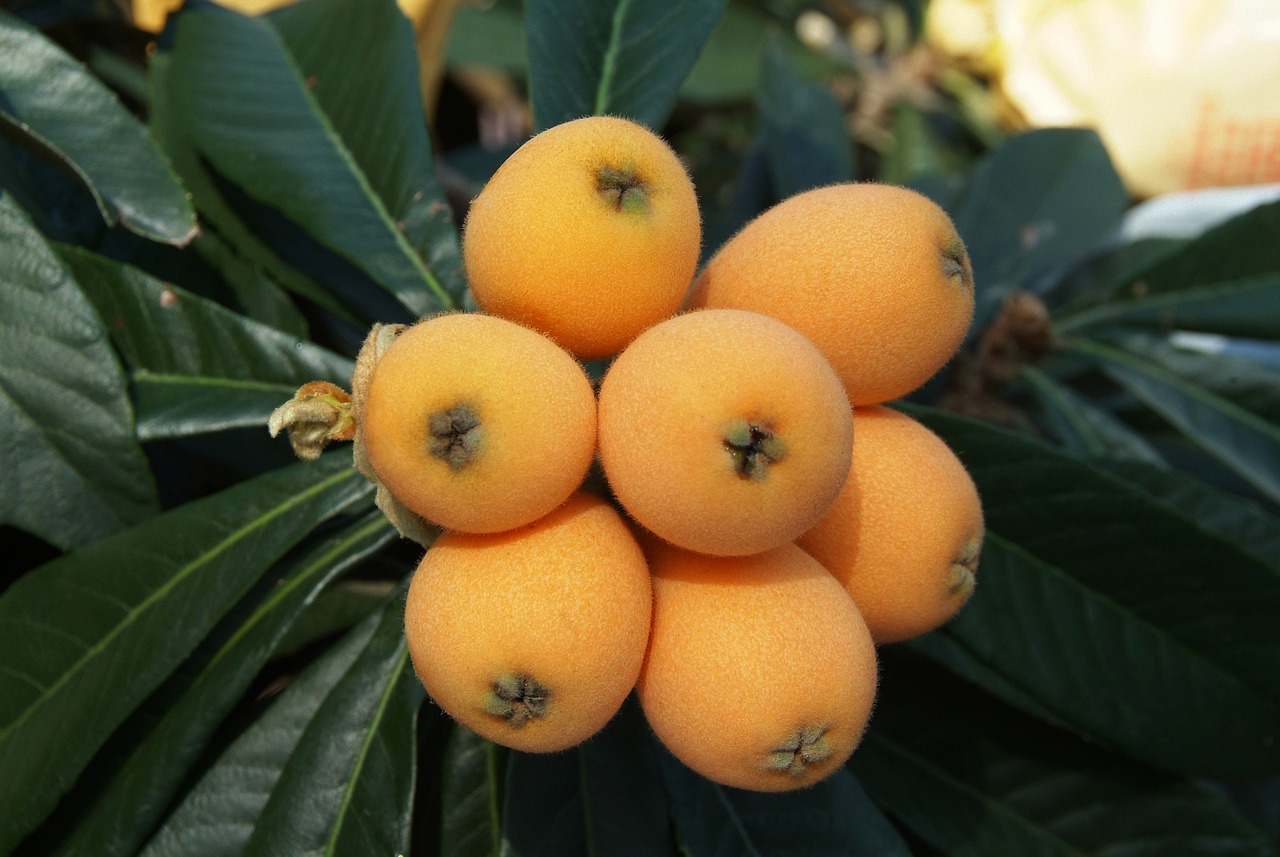With proper care and a warm microclimate, loquats grow best in USDA zones 8 to 11. So, when a concern comes to mind, “Can you really grow a loquat tree in North Carolina, where frost can prevent loquat fruit from ripening properly?”
On the other hand, the loquat tree blooms early, but temperatures below 25°F (-2C) damage them and do not allow them to reach at pollination stage. These frost challenges are openly roaming around zones 6 and 7 of North Carolina.
However, in the southern parts of North Carolina, the loquat may fruit if it is planted in a warm microclimate. For these areas, the loquat tree may be added to the list of fruit trees that grow in North Carolina.
Can You Grow a Loquat Tree in North Carolina? More Explanation
The discussion among gardeners from North Carolina highlights the potential and challenges of growing loquat trees in this region. One gardener from Raleigh, NC (Zone 7) asked whether loquats could thrive and produce fruit in their area.
Donnacreation, a local grower, shared that in warmer microclimates of Raleigh, where morning winter lows are not extreme, loquats can survive and even fruit.
Even if fruiting is limited due to occasional frost, the trees remain attractive evergreens with fragrant blossoms.
In summary, loquats can grow in North Carolina, particularly in warm, sheltered spots or urban “heat island” areas, though fruit production may be affected by harsh winter frosts.
This form discussion is supported by multiple local observations, giving practical credibility to the feasibility of cultivating loquats in Zones 6 and 7.
Growing Tips to Grow a Loquat Tree In North Carolina
So, the results we can see in the shape of enjoying it as an ornamental purpose of the loquat tree. However, considering some specific tips, you can absolutely grow loquat, not necessary for growing fruit, but its appearance is also a reason for growing it in North Carolina.
- Choosing a hardy variety, such as Gold Nugget
- Plant it at a good location (south-facing side), where it can achieve full sunlight.
- Always keep the soil moist but not too wet for the loquat tree
- Fertilizing and pruning also play a critical role in the healthy growth of the loquat tree.
- The right planting time and propagation method add more. Here is how to plant a loquat tree from its seeds.
- Remember to sow loquat seeds after the last frost date, or if you want early, then go for the indoor method.
- It may not be suitable to sow loquat seeds directly outdoors and even in the fall.
Do you know, a seed-grown loquat tree may bear fruit after more than 10 years; however, grafting and budding are quick methods that are mostly used for commercial purposes. Also, keep in mind that all environmental factors together decide plant growth.
Another method: if you’re planning to buy a loquat tree from a nursery and then transplant it at home, you must learn when to transplant trees, as well as how to transplant trees.
Also, explore more guides.
Can you plant a loquat tree in the fall?
Pillar guide–> can you plant trees in the fall..






